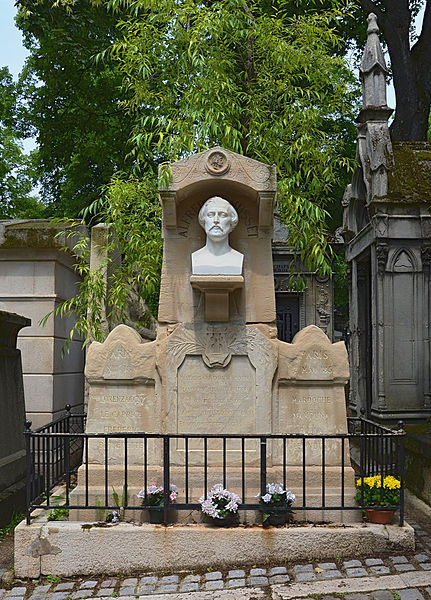Weeping Willow : Weeping Willows in Culture
In folklore and fantasy, the Weeping Willow is often representative of sorrow or enchantment. Examples of such Weeping Willows include Grandmother Willow from Disney’s Pocahontas, the Weeping Willow homes of the Mara or Great Mothers from Latvian folklore and the mythical Babylon Willows from the Bible. Grandmother Willow serves as a spiritual advisor to Pocahontas throughout the plot of the movie, encouraging her to do what she believes is right as opposed to what others pressure her to think. The Mara of Latvian folklore can often be found sitting under a willow tree. The Jewish slaves sought comfort under the branches of the Willows as stated in Psalm 137:
By the rivers of Babylon, there we sat down, yea, we wept, when we remembered Zion.
We hanged our harps upon the willows in the midst thereof.
In much of Western Europe, the Weeping Willow symbolizes death in addition to sorrow. In parts of England and France, the Weeping Willow can be found in graveyards, such as the one behind the grace of the French writer Alfred de Musset. Once European powers began colonizing America, they brought that tradition with them. Around the 18th Century, Weeping Willows began appearing on gravestones in New England graveyards, often appearing with an urn.


